When you’ve got your bikejoring setup ready and ensured your dog is healthy, appropriately aged for pulling, and fit for the challenge, you’re ready to start training. How do you teach bikejoring? In this article, we’ve gathered tips from professional bikejoring athletes.
Teaching Bikejoring Commands
Before getting on the bike, teach your dog the commands for turning right and left. These directional commands help your dog navigate crossings. You can start teaching these commands when your dog is a puppy.
In bikejoring, "gee" is commonly used for right turns and "haw" for left turns. Feel free to use other commands if you prefer. Some also have commands for starting, slowing down, and stopping.
Introducing Bikejoring Equipment
A bike might seem strange to a dog unfamiliar with it. Gradually introduce your dog to the bikejoring equipment to avoid scaring them.
“It’s not just ‘plug and play.’ You want to give your dog a positive experience from the start,” says Viktor Sinding-Larsen, a multiple World champion in bikejoring.
Start by letting your dog sniff and examine the gear, then walk slowly with your bike. If your dog is comfortable, let them run free while you bike before attaching them for the first time.
Teaching Your Dog to Pull
Some dogs naturally run and pull in front of the bike, while others may need help understanding bikejoring. Use short training sessions and plenty of praise to teach your dog to pull.
Bikejoring with Two Dogs
Bikejoring with two dogs is twice as fun but can be twice as challenging. Ensure you’ve mastered bikejoring with each dog individually before teaming them up.
Warming Up
It’s crucial to prepare your dog’s body for activity with a warm-up routine before starting bikejoring.
Finding a Good Trail for Bikejoring
Well-planned workouts are usually the most successful. When choosing a trail, consider the following:
- Surface: Avoid pavements or tarmac roads as they stress your dog’s joints. Rough surfaces can wear down your dog’s paws. Opt for soft trails or gravel roads.
- Traffic: Prioritize safety by training on less busy trails and avoiding roads with cars.
- Trail Difficulty: Beginners should stick to flat trails with good visibility, avoiding sharp corners and hills.
- Distance: Keep training sessions short and fun.
- Temperature: On warm days, choose shaded trails with water sources to prevent your dog from overheating.
Increasing Distance
Gradually increase the distance when bikejoring. Running and pulling can be tiring for an untrained dog. Imagine running 12 kilometers without training—that wouldn’t be a good experience. Adapt the training to your dog’s endurance and stop before they get too tired.
In competitions, the maximum distance is 8 kilometers. Longer distances are possible at a slower pace, but always listen to your dog.
Bikejoring Races
If you enjoy bikejoring and want to compete, reach out to a local club. Many bikejoring clubs offer lessons and training to help you prepare for competition challenges, such as passing other dogs or sprinting to the finish line.


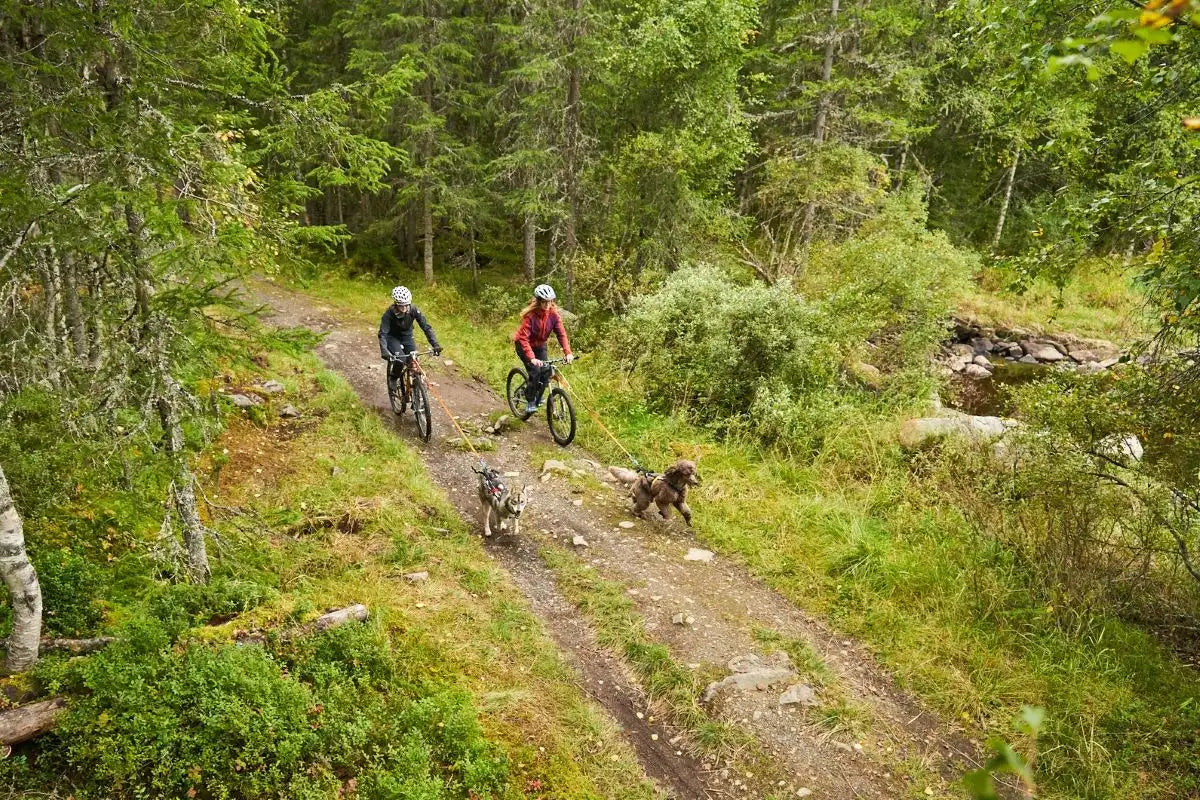
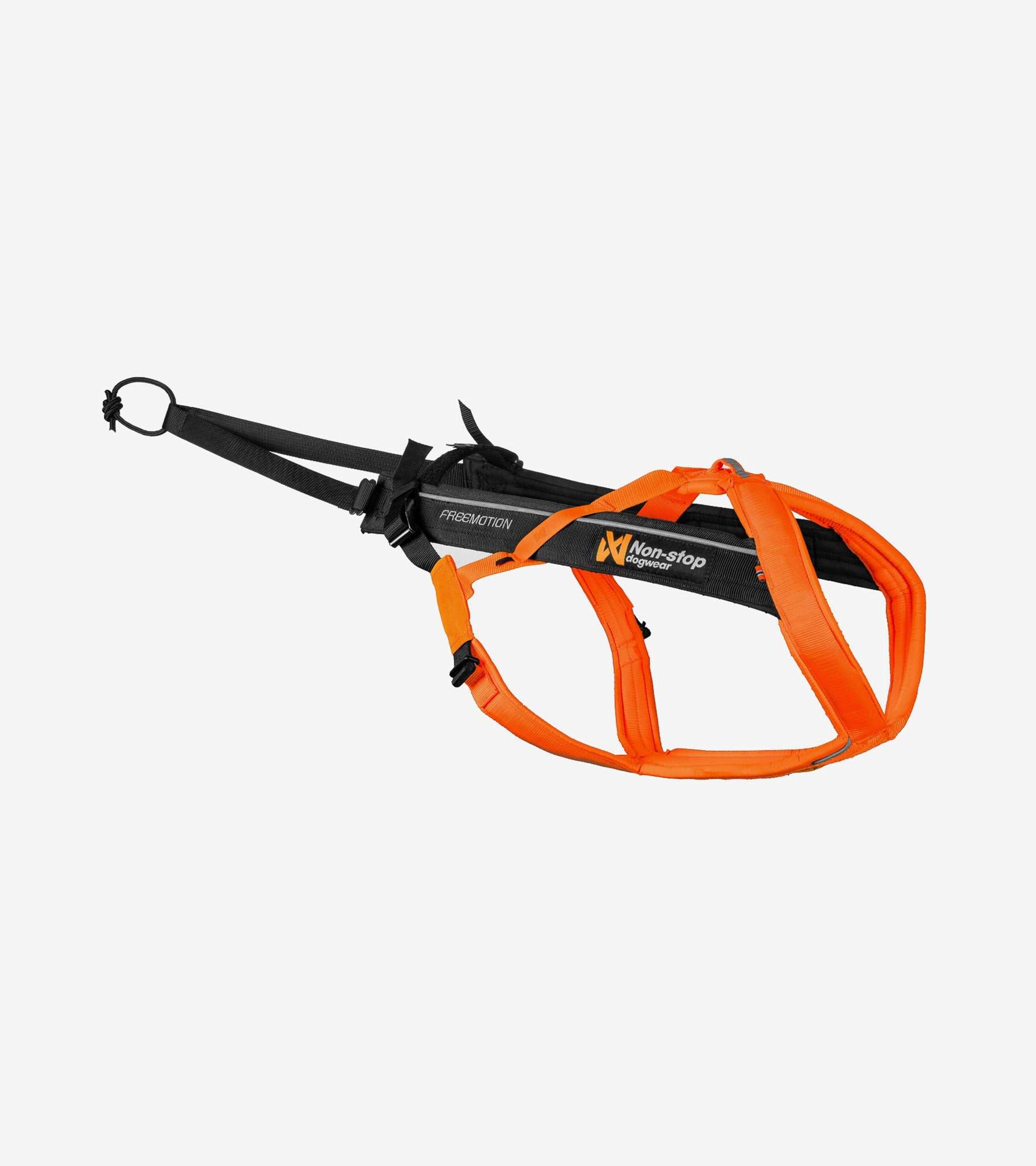
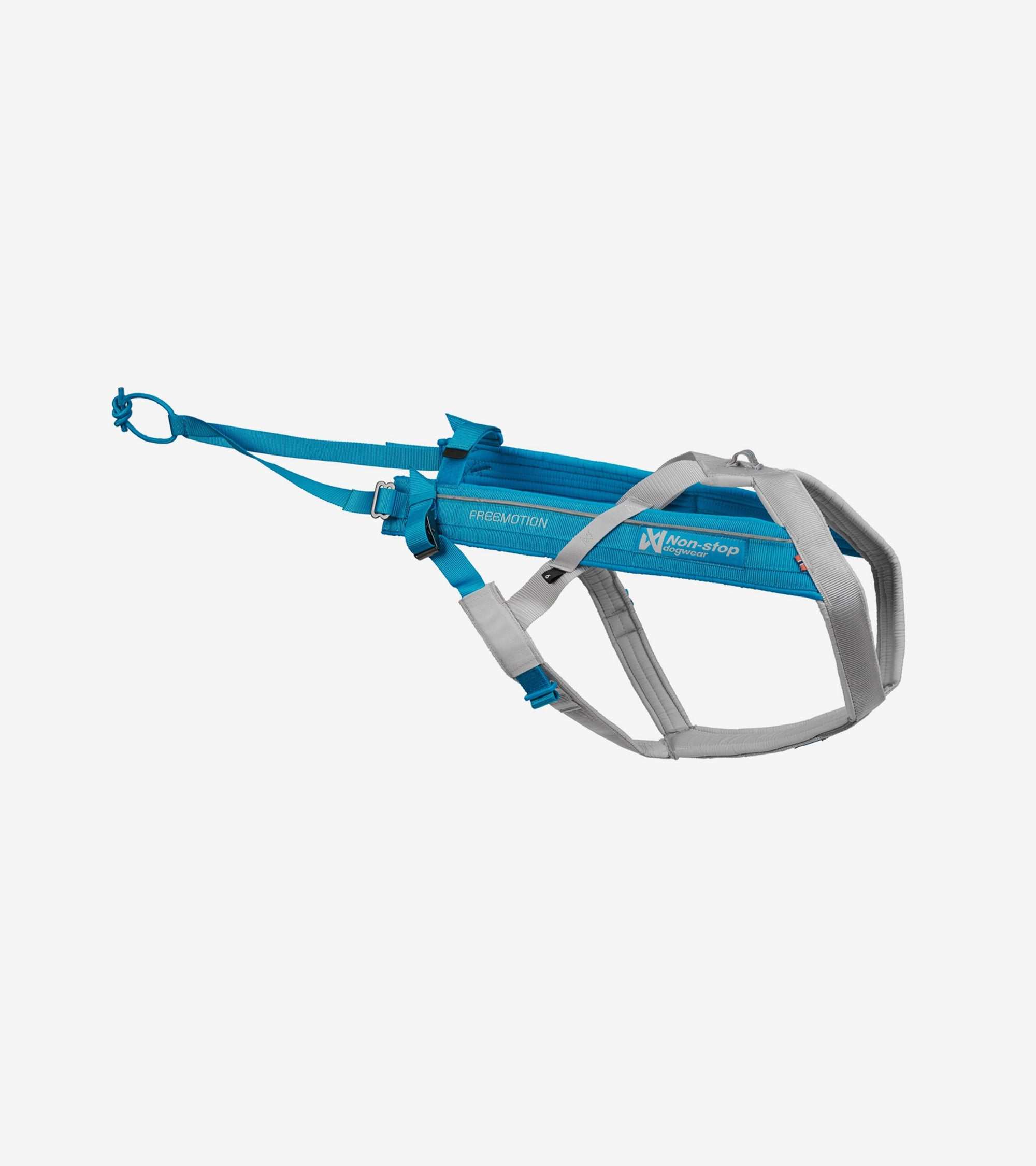
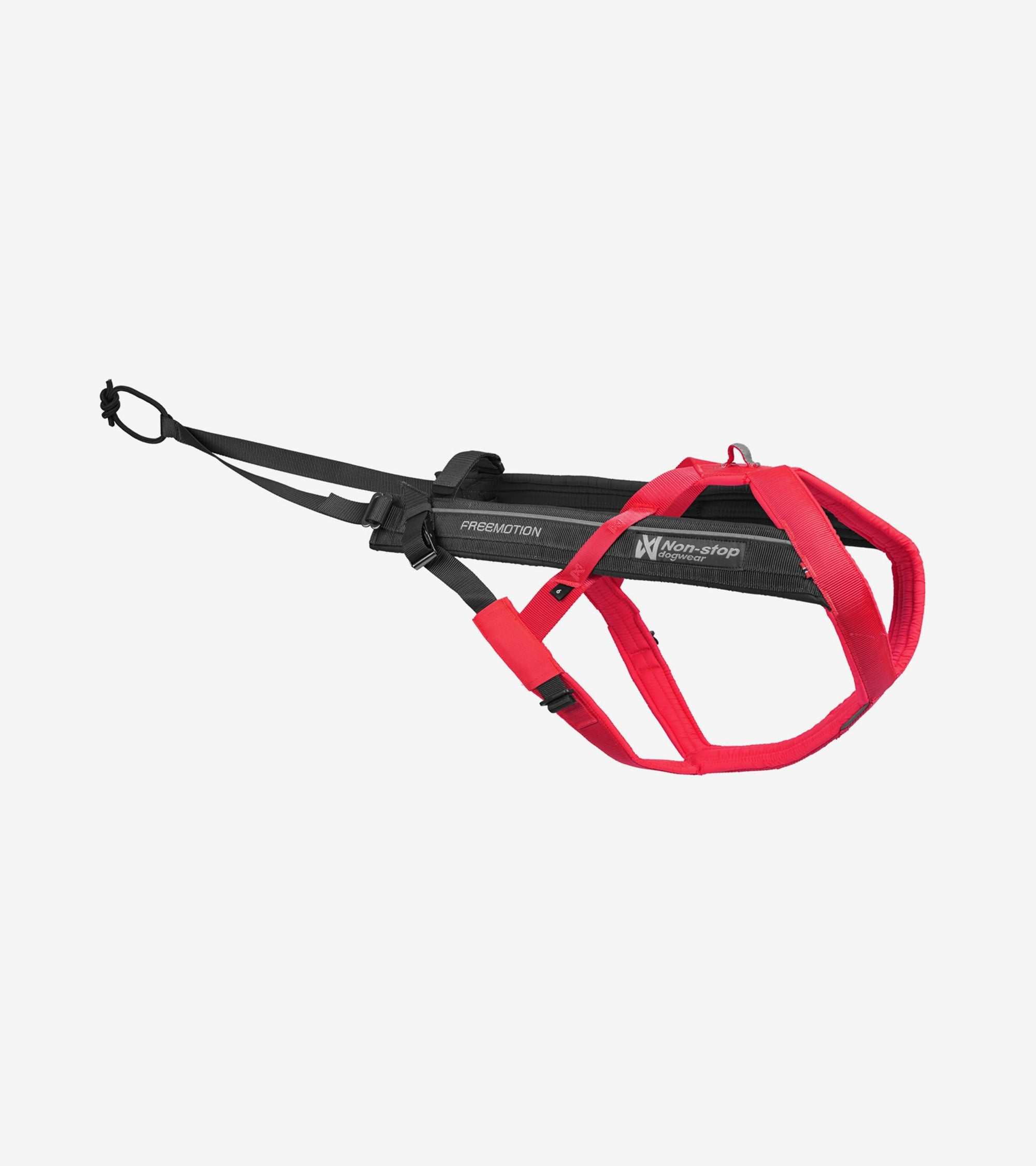
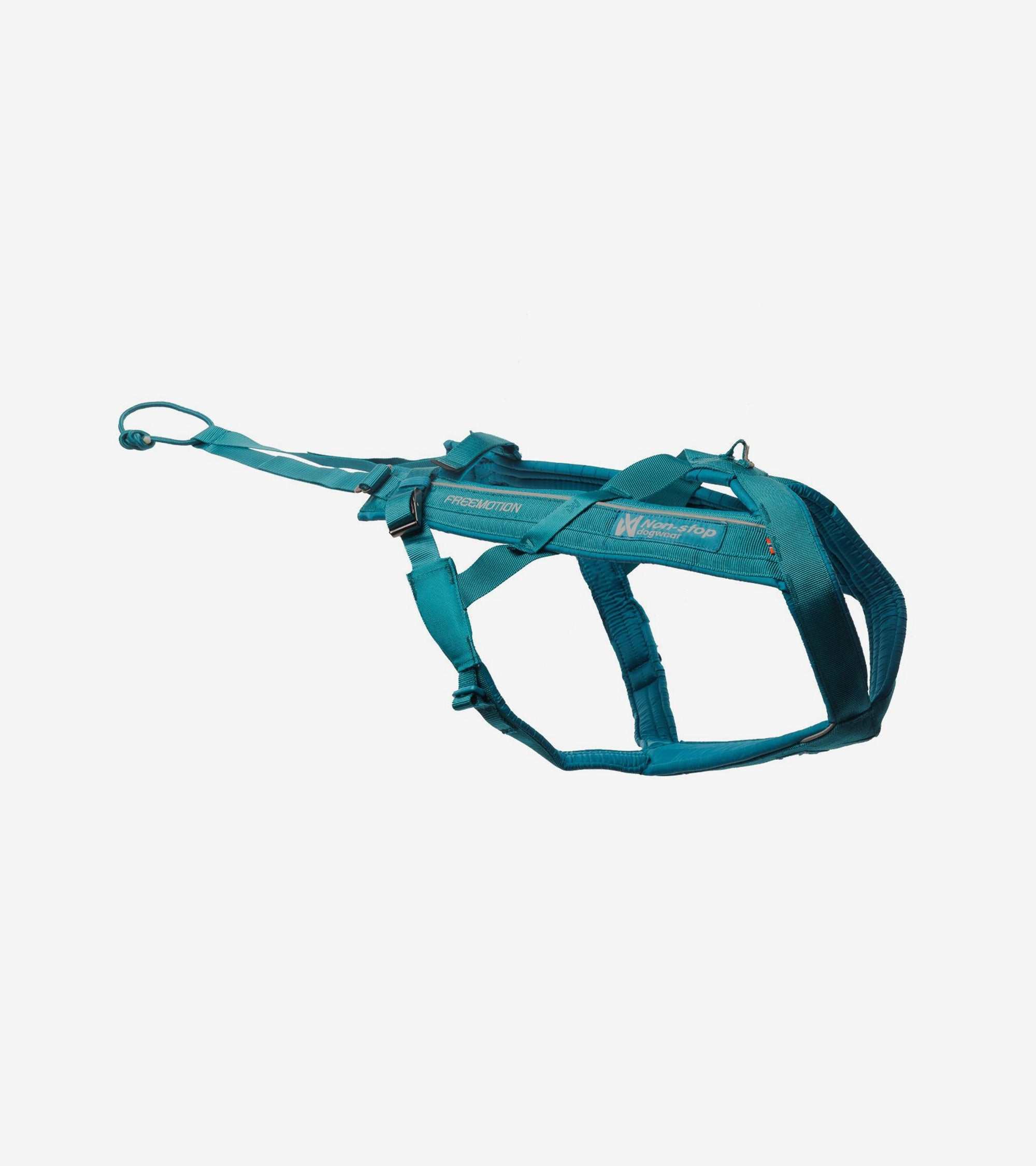
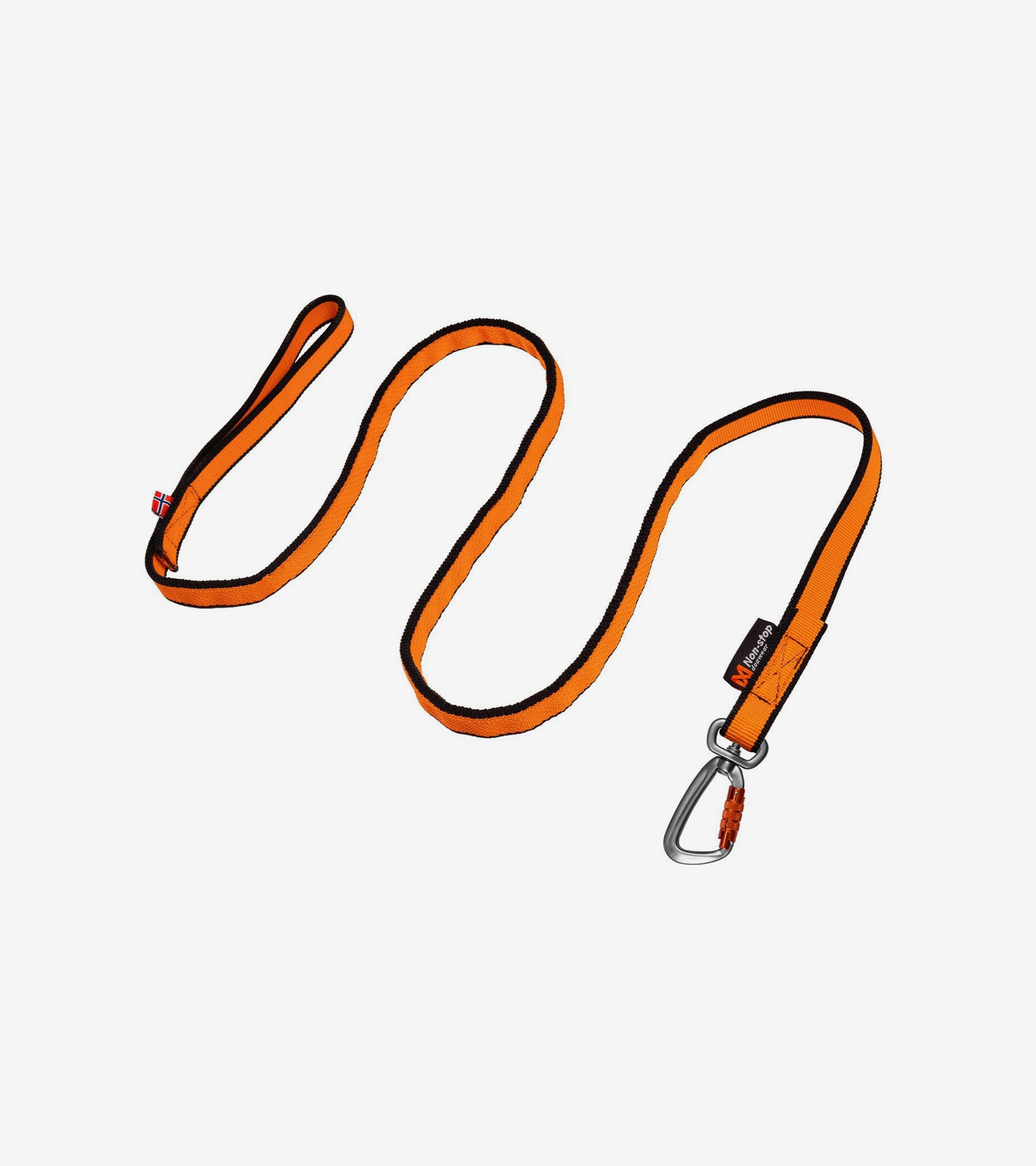
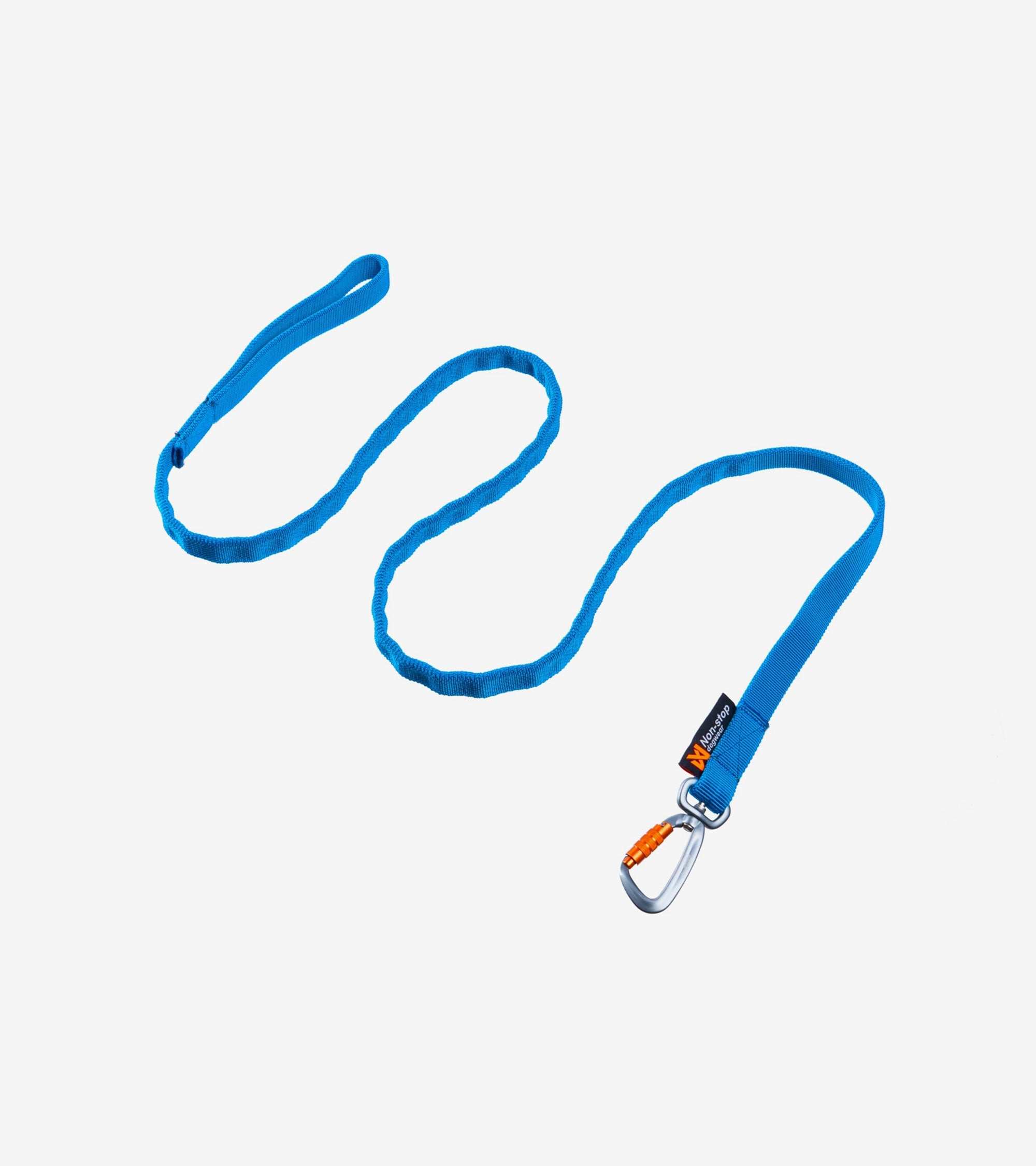

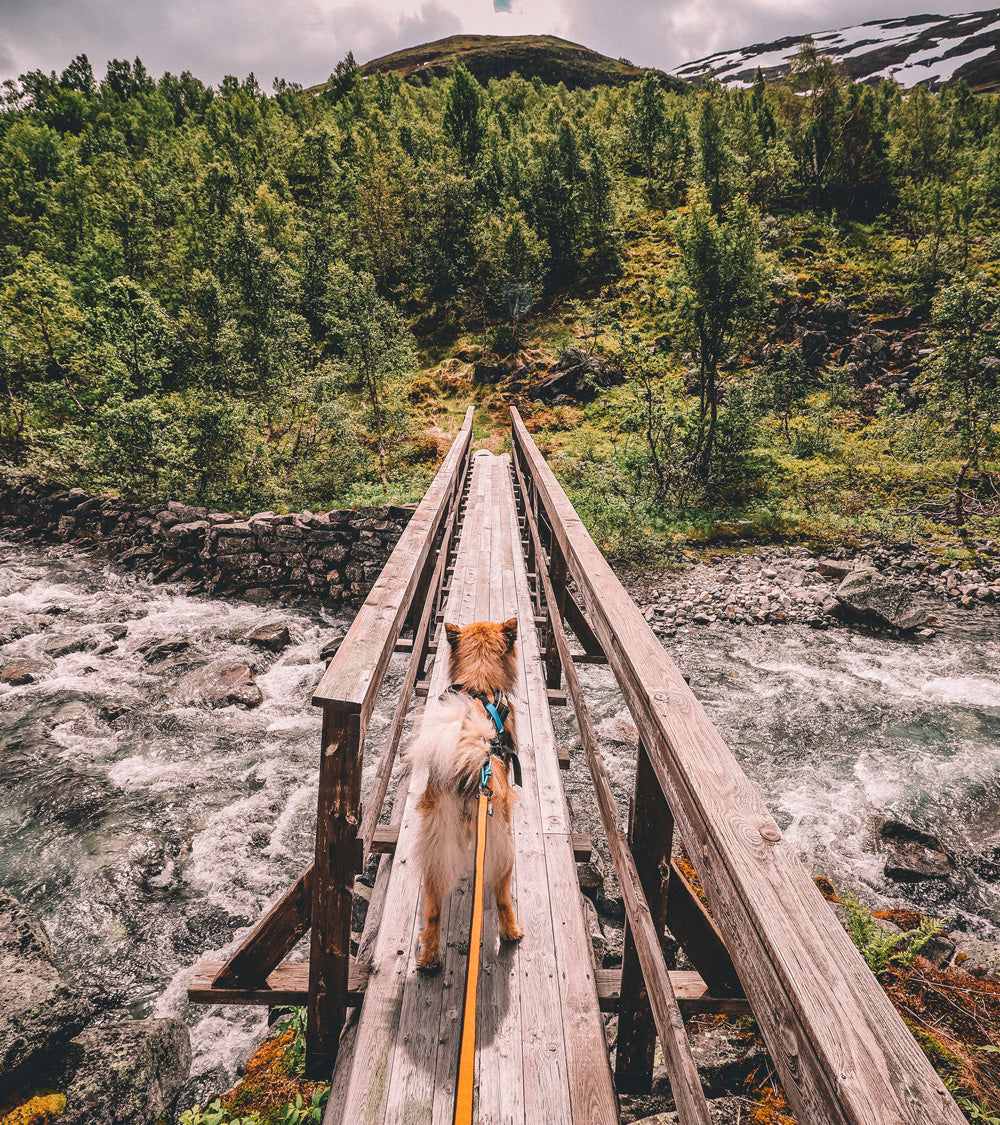
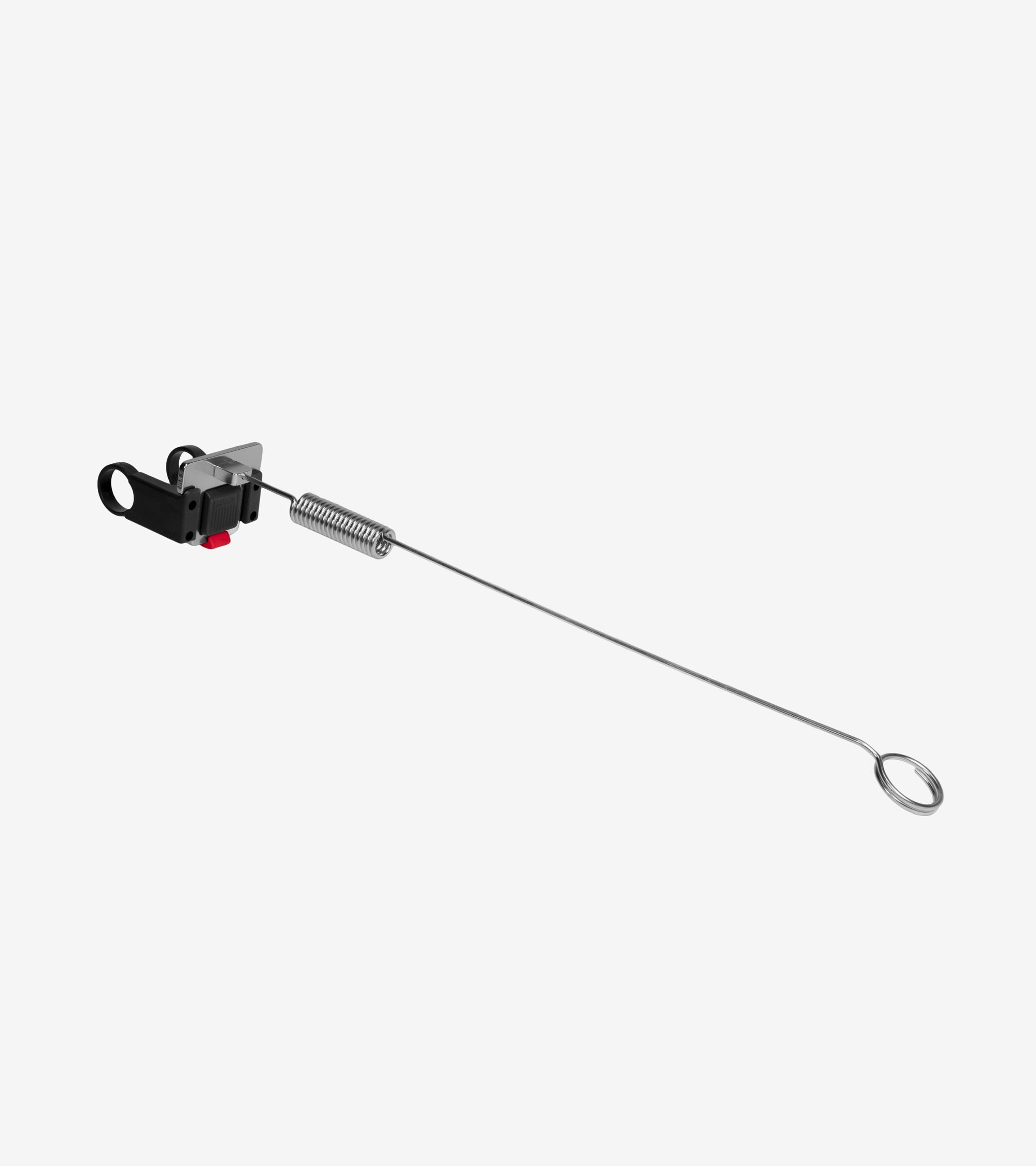
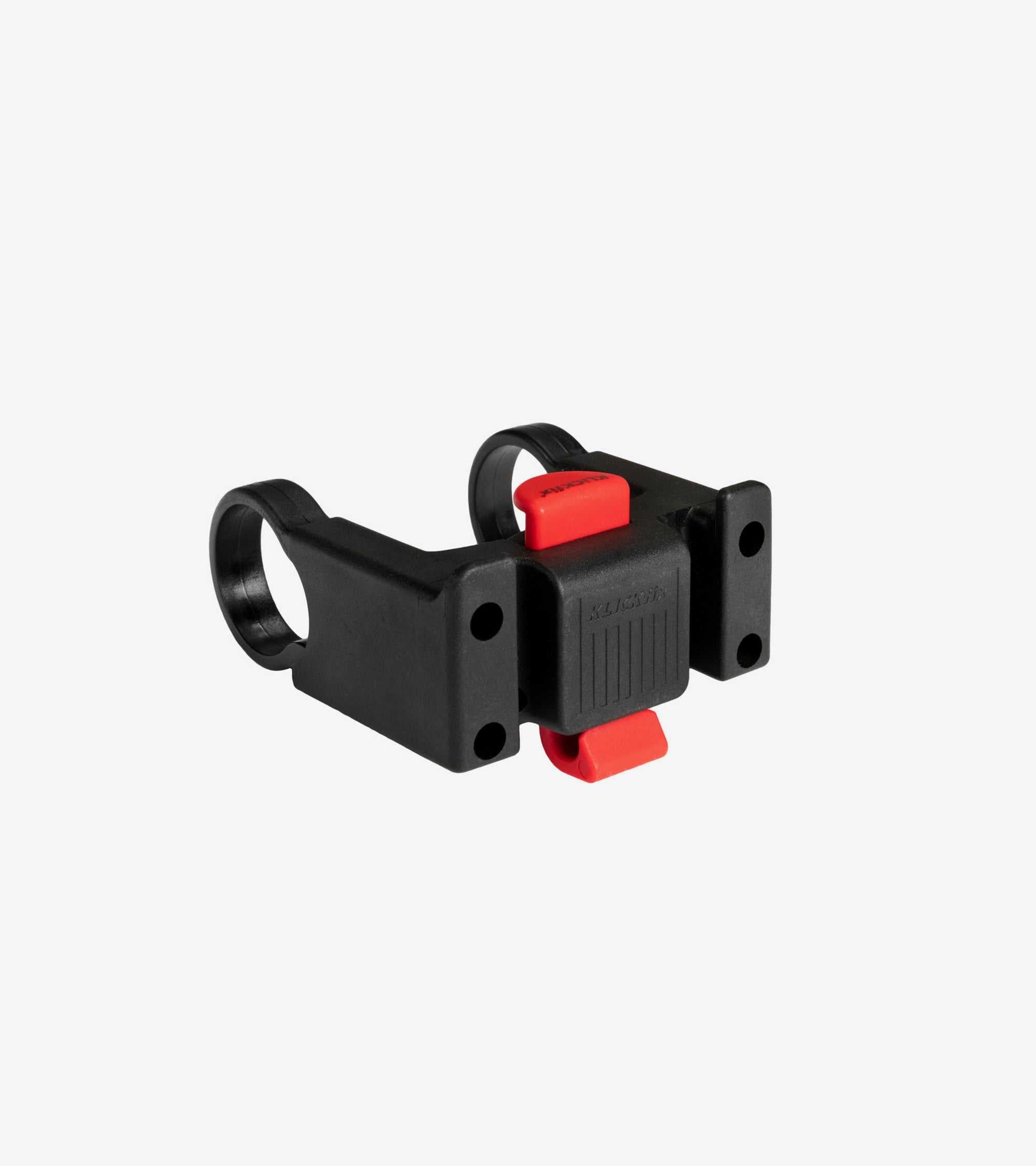
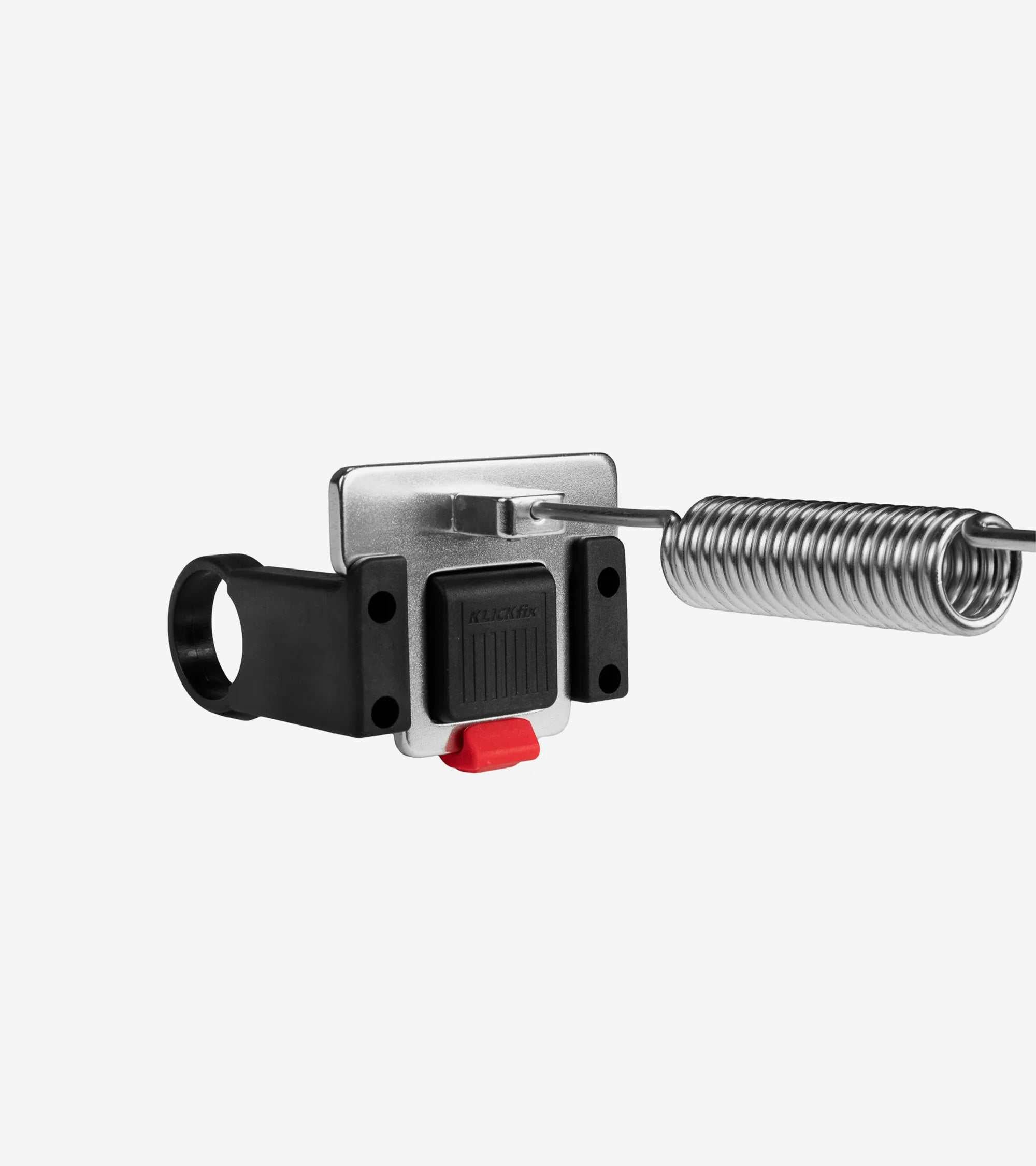


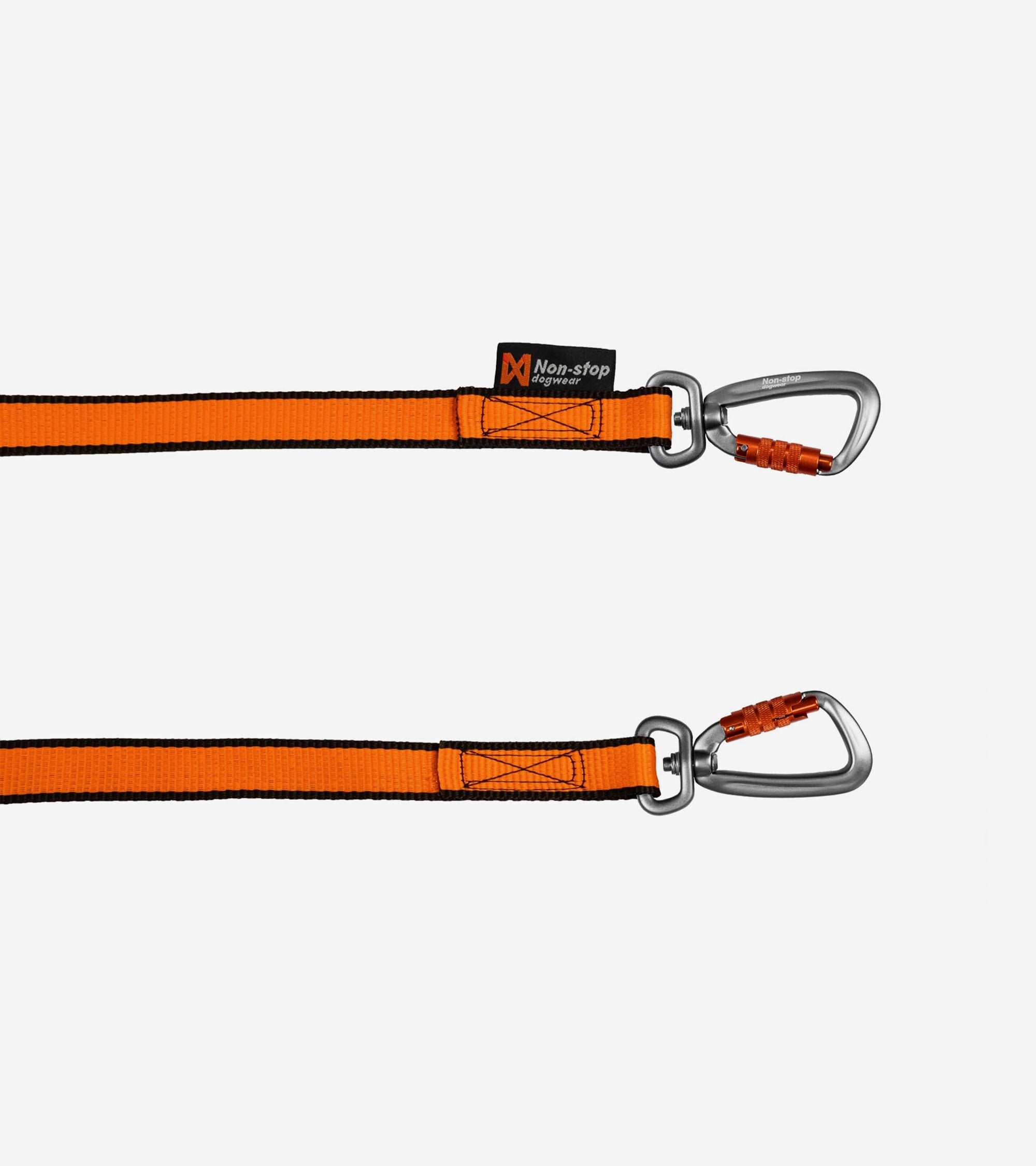

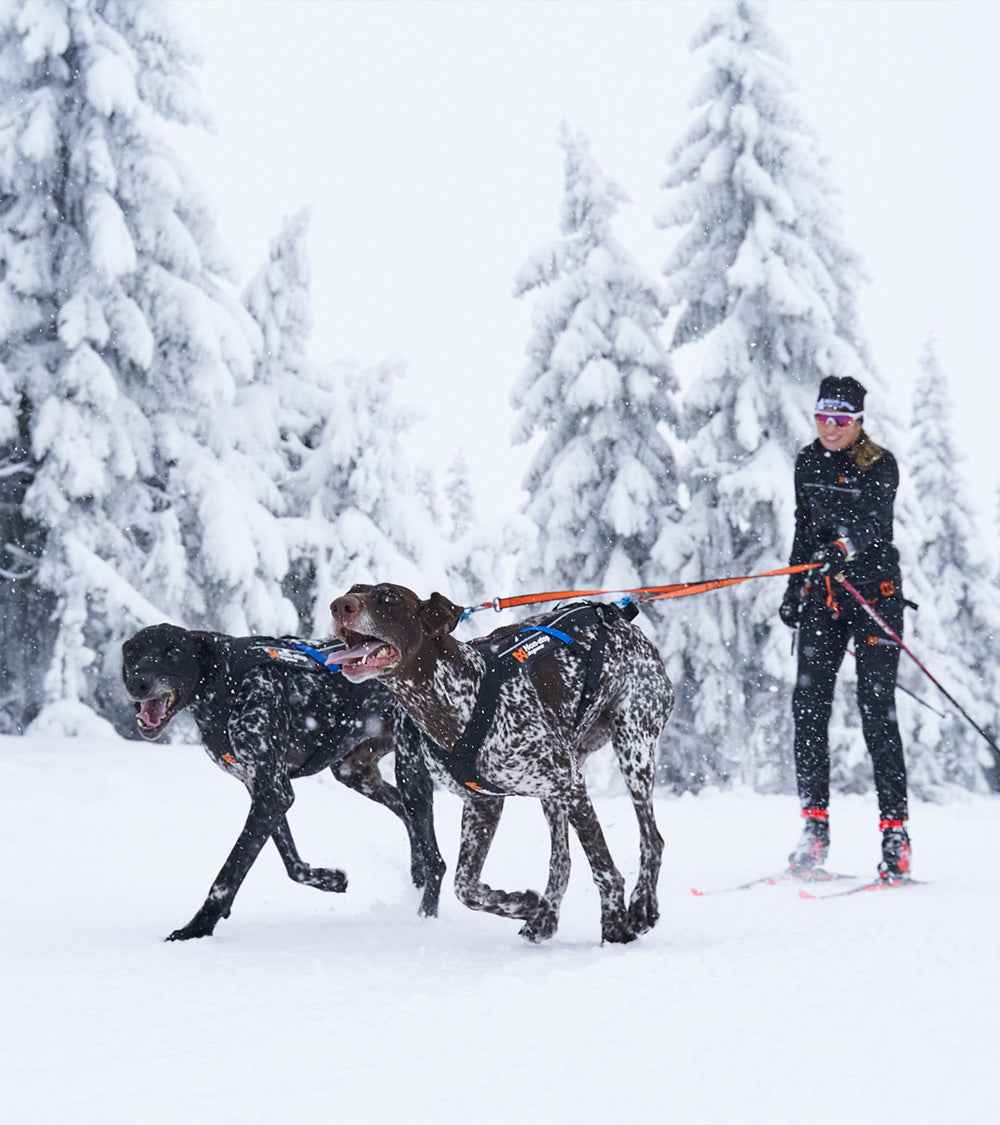
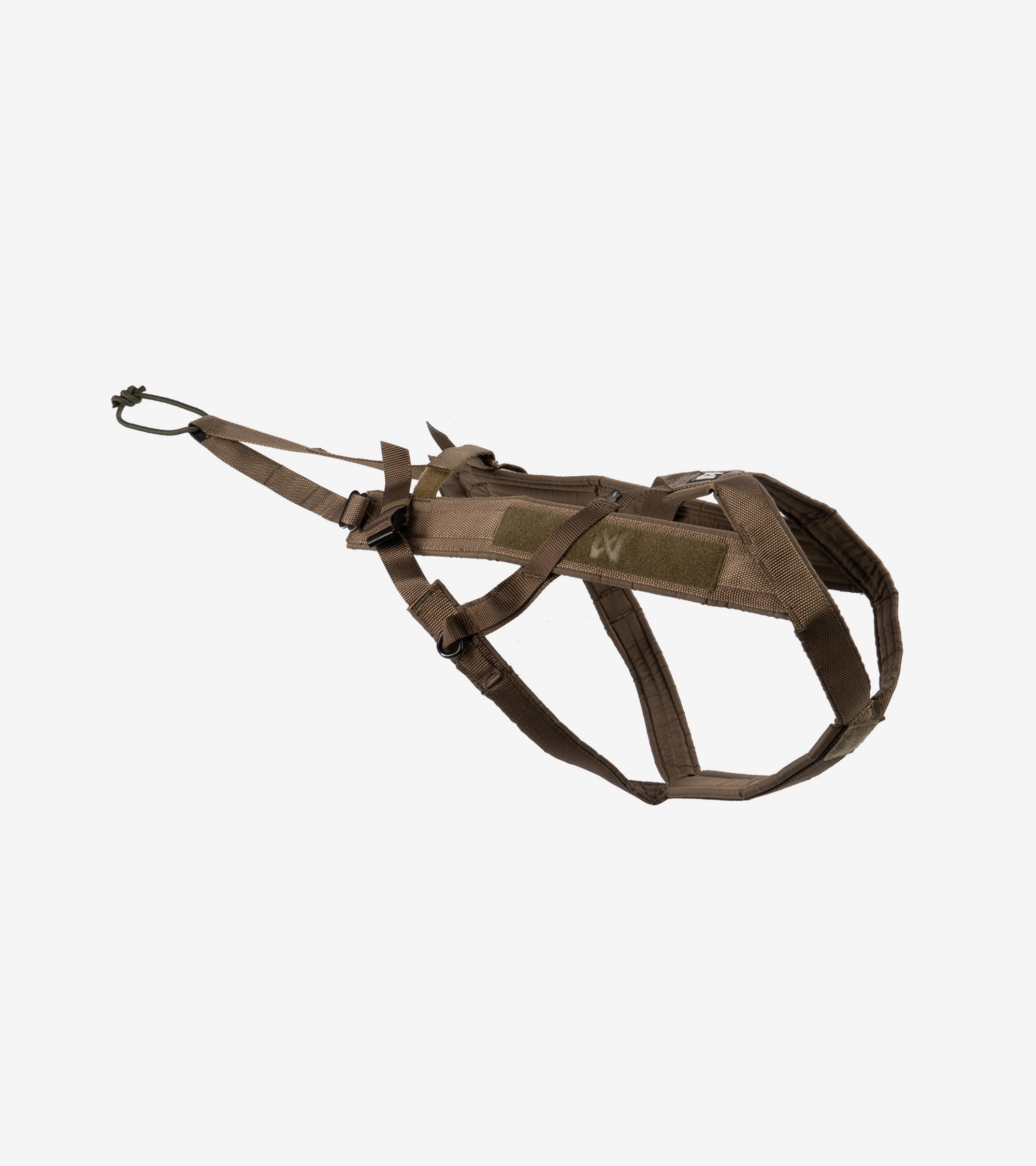

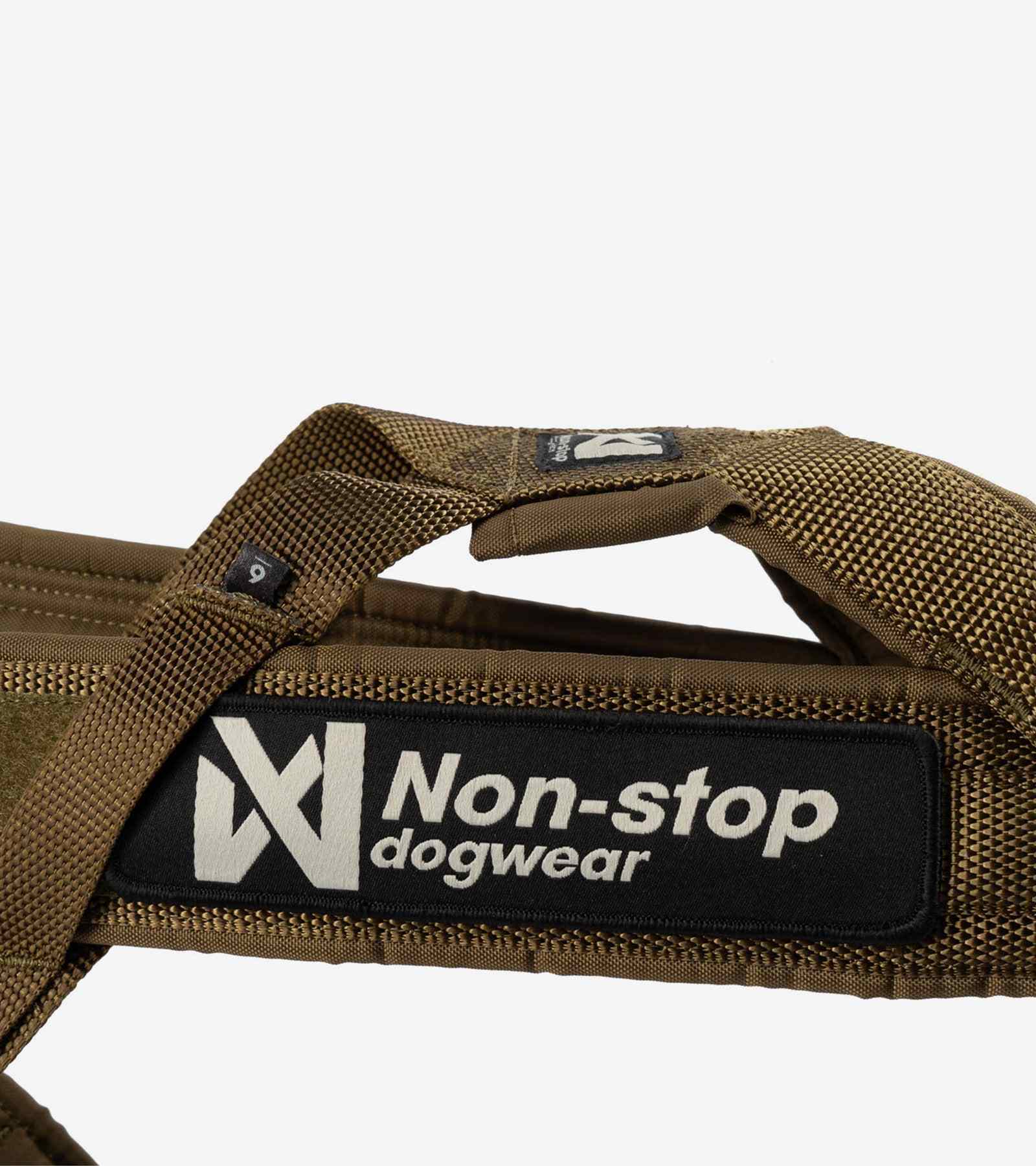

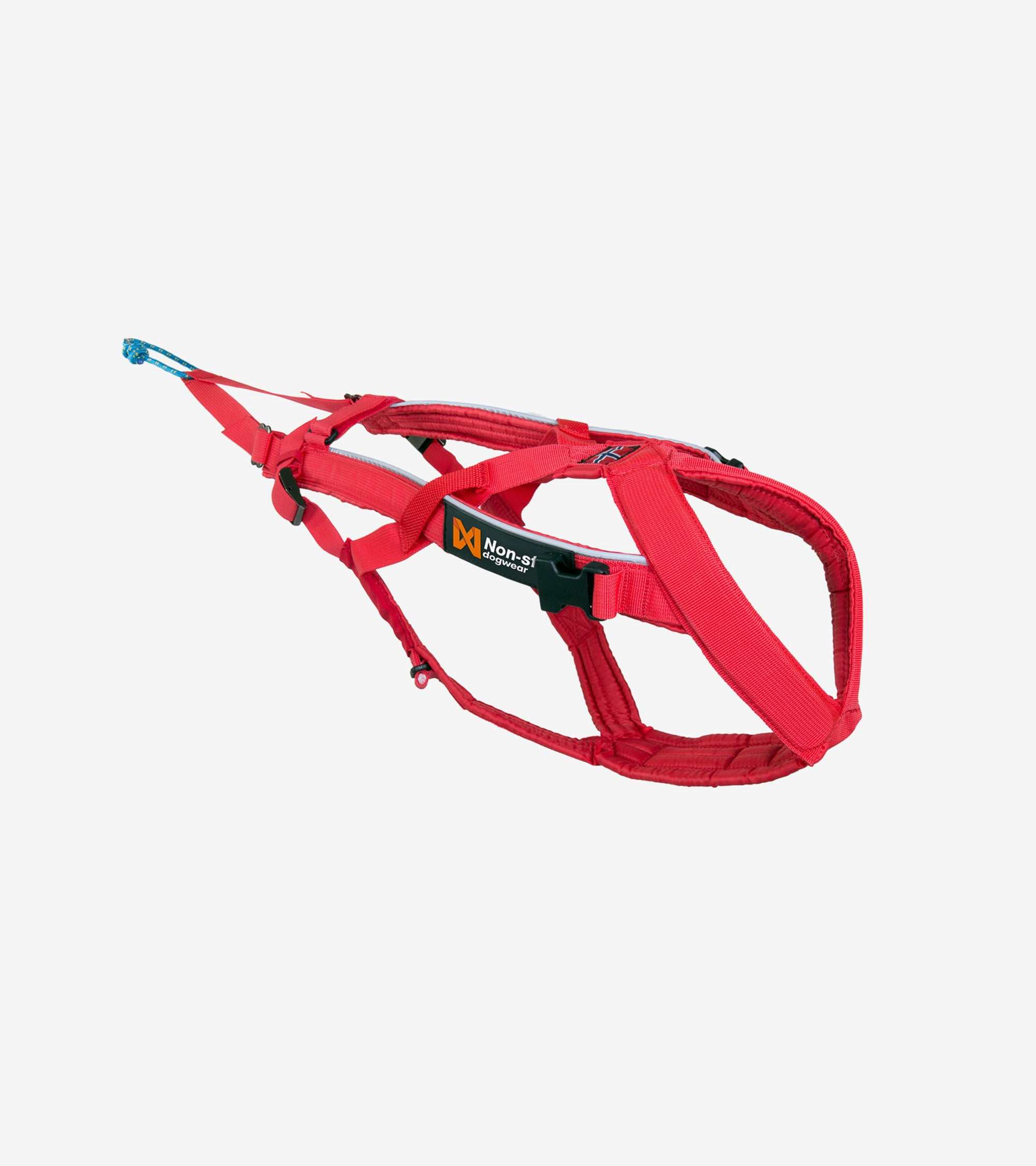
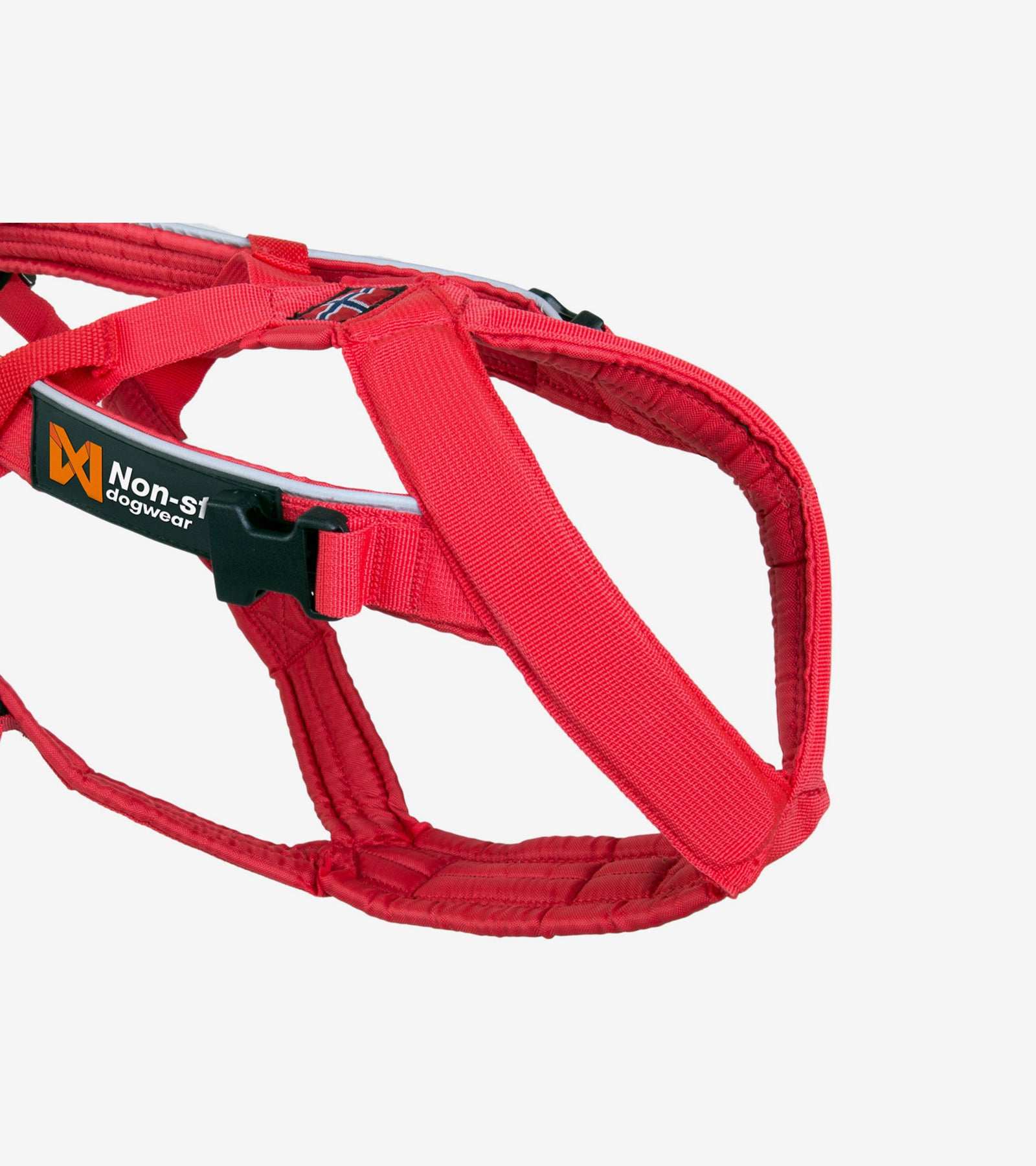
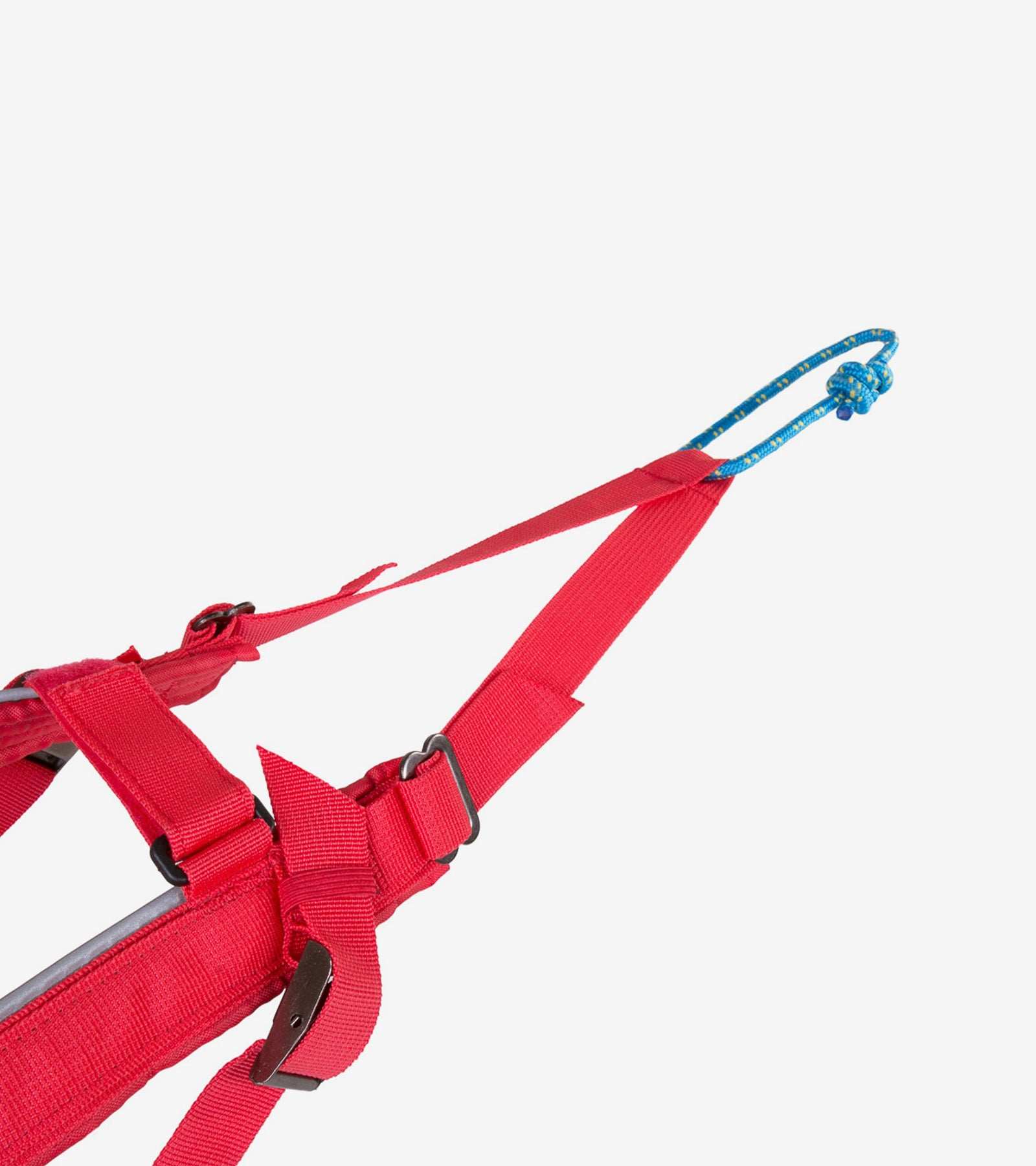

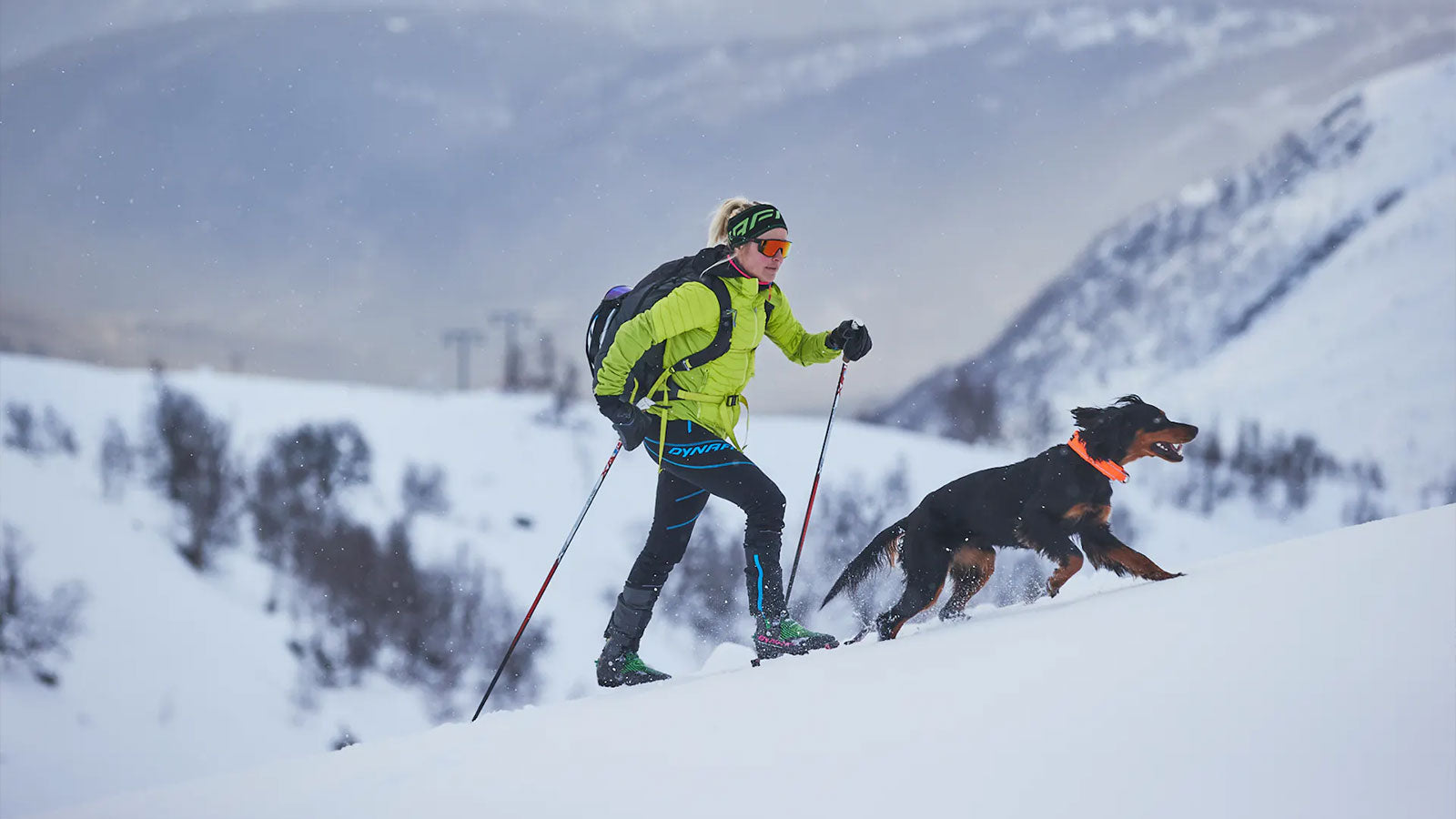
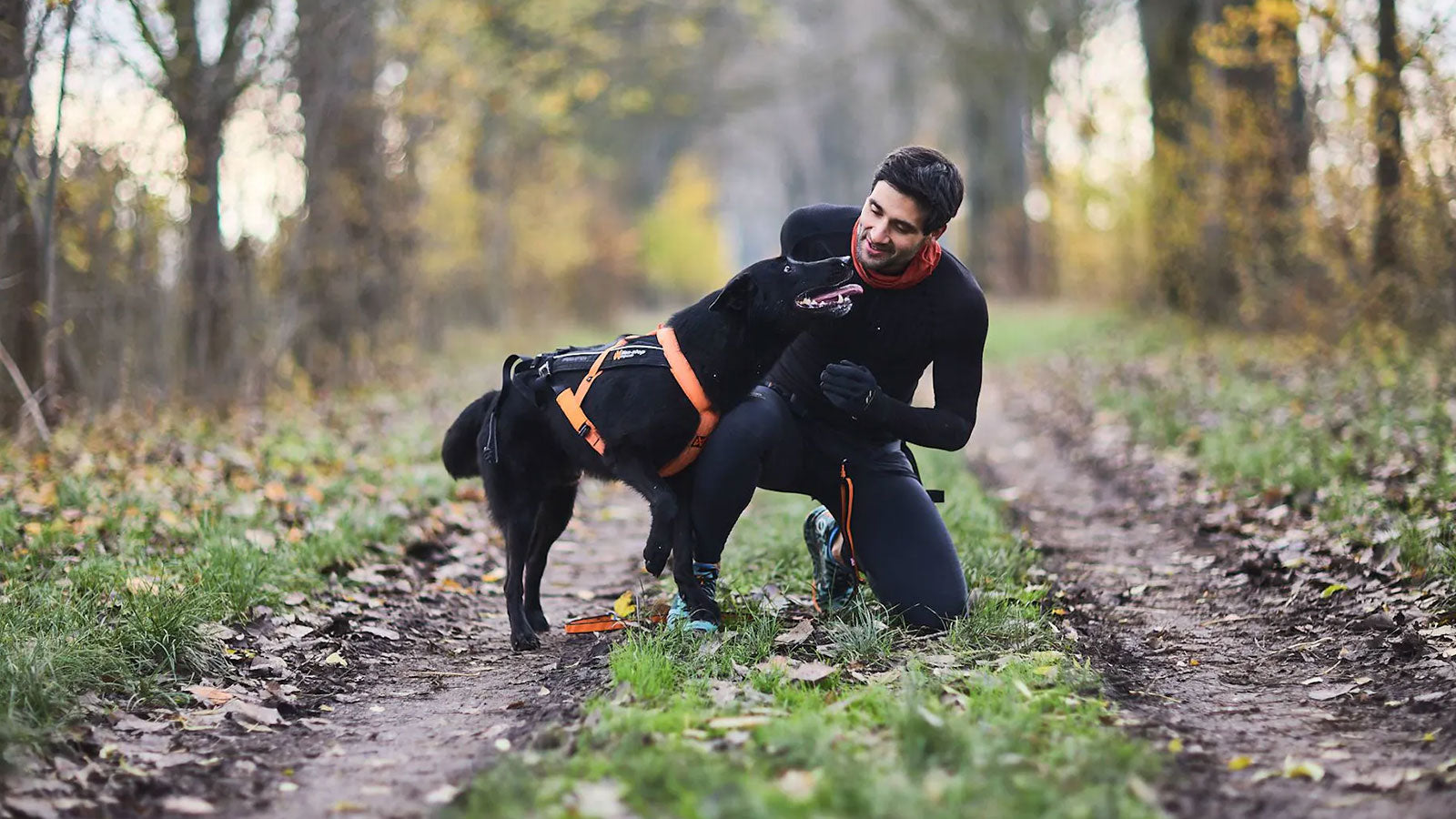
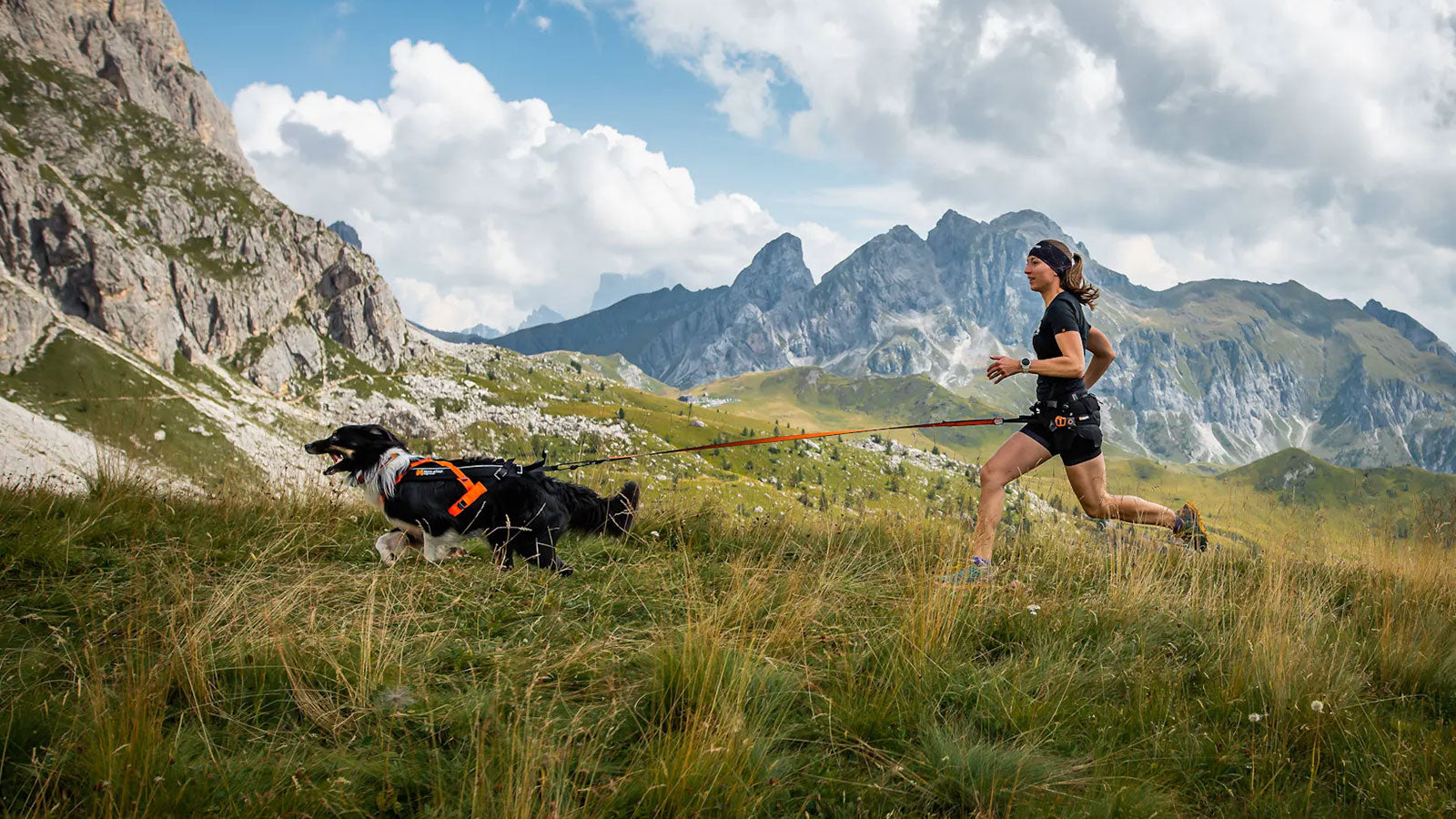
Share:
What is Bikejoring?
Bikejoring Equipment – All you need to get started